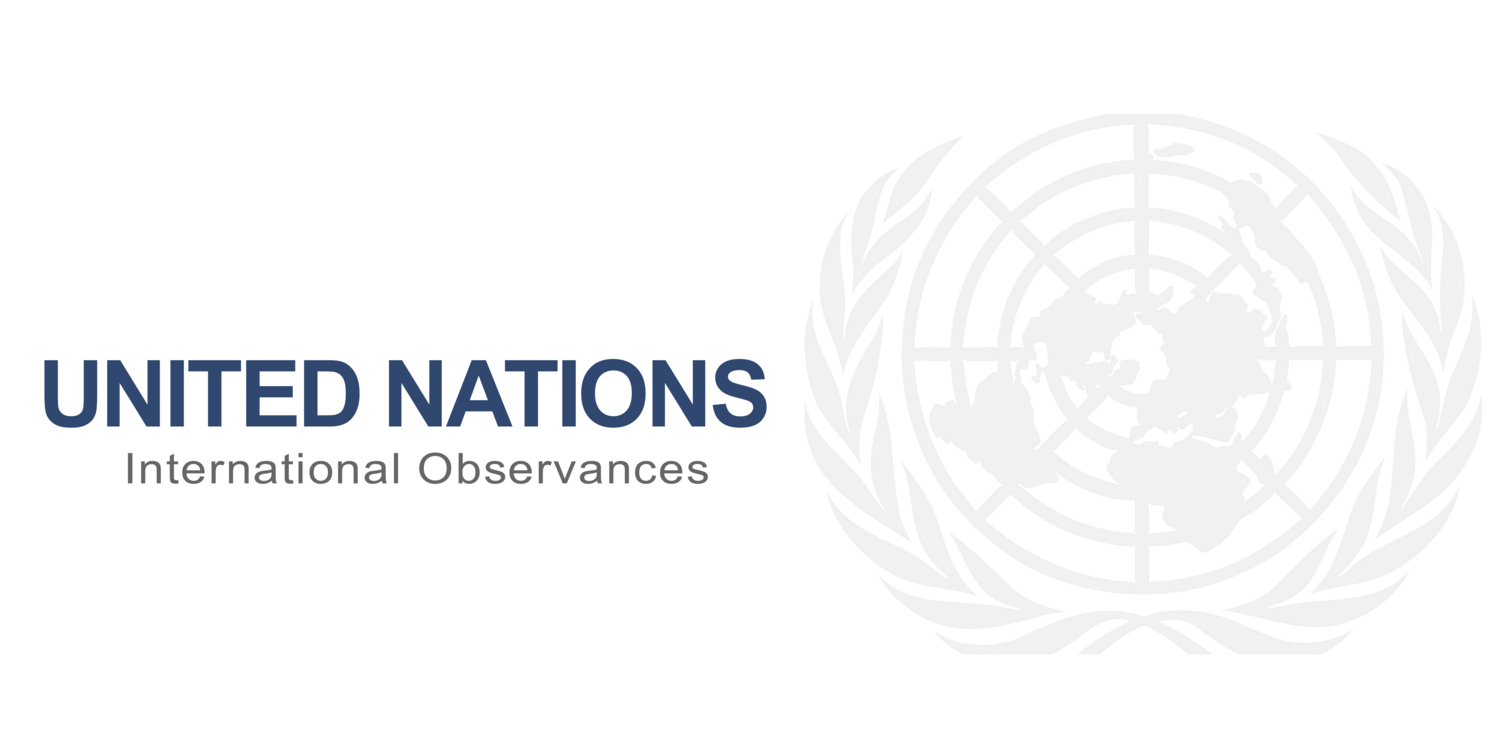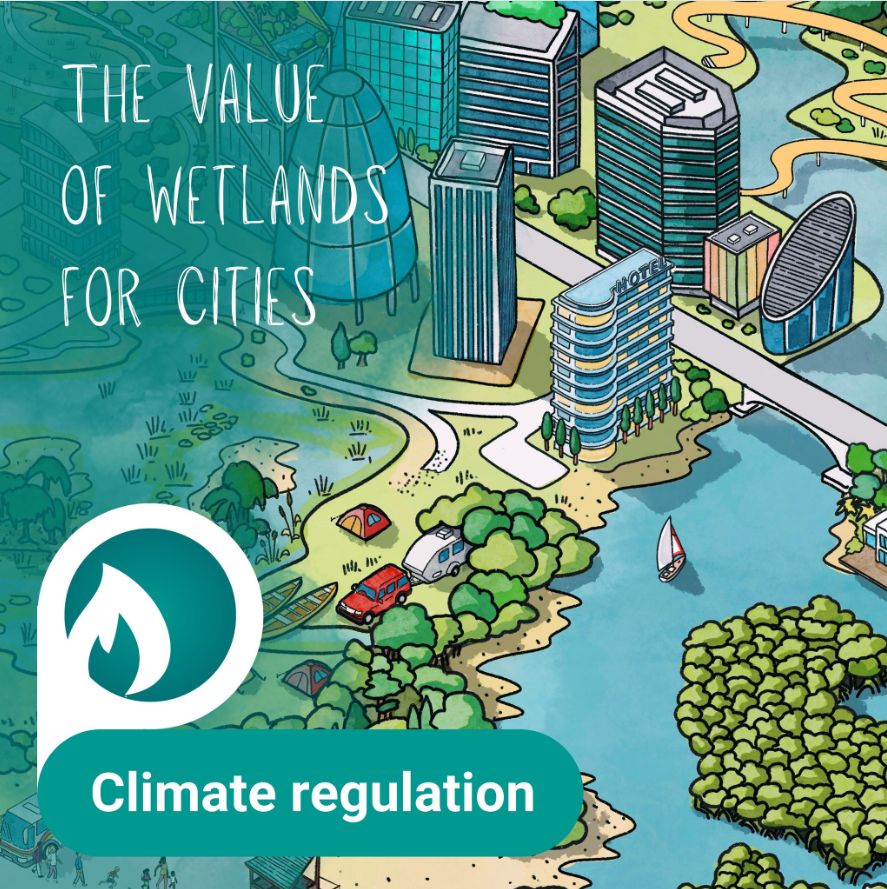Purpose: The 2 February each year is World Wetlands Day to raise global awareness about the vital role of wetlands for people and our planet. This day also marks the date of the adoption of the Convention on Wetlands on 2 February 1971, in the Iranian city of Ramsar on the shores of the Caspian Sea. The UN’s global platform would step up efforts to promote the wise use of wetlands by increasing understanding that healthy wetlands are critical to securing a resilient, nature-positive and climate-neutral world. Contributing to 75 SDG indicators, wetlands are one of the most world’s valuable ecosystem and a nature-based solution for mitigating emissions through their massive carbon storage capacities, protecting communities and ecosystems from climate impacts, and reversing biodiversity loss.
FORUM: "Protecting wetlands for our common future." World Wetlands Day 2025. Wetlands are disappearing three times faster than forests, and more than 35% of wetlands have been degraded or lost since 1970. This year, we will underscore the need for collaboration and foresight as we build a future wherein all people, everywhere, can continue to benefit from the life-sustaining services that wetlands provide. By valuing and protecting wetlands today – and by inspiring one another in this united effort – we better ensure our common future and wellbeing. Three key messages inform this year’s campaign. We encourage you to reflect on how they apply to wetlands in your area and to tailor them as you drive participation in World Wetlands Day 2025. • Protecting the world’s wetlands is in our common interest – it safeguards us all. • The future of humanity depends on bold action today to protect and restore these indispensable ecosystems. • COP15 unites us in the global effort to promote wetland conservation and ensure the continuity of their benefits. Healthy wetlands are critical for climate mitigation, adaptation, biodiversity and human health. Yet, unsustainable development, pollution and climate change continue to threaten these essential ecosystems. Protecting wetlands for our common future requires collaboration on policies, regulations and community initiatives that spur effective conservation and sustainable wise use. Ensuring the health of the world’s wetlands will allow future generations to enjoy their ecological, economic and cultural benefits – and foster a sustainable, prosperous future for all. The UN Decade on Ecosystem Restoration is a call for the protection and revival of ecosystems around the world. It runs from 2021 to 2030. By conserving the world’s wetlands, we safeguard biodiversity, enhance climate resilience and secure critical ecosystem services that support human health, economic wellbeing and cultural heritage. Follow the conversations with the hashtags #WorldWetlandsDay, #wetlandrestoration, #2February ,#ReviveAndRestore, #wetlands.
EVENTS: The observance of World Wetlands Day 2025 is of particular significance, as it coincides with the 15th Meeting of the Conference of the Contracting Parties to the Convention on Wetlands (COP15). Every three years, representatives of the governments of each of the Contracting Parties meet to facilitate crucial discussions on the conservation and sustainable use of wetlands and to agree on a work program for the next three years. Zimbabwe is the global conservation arena for COP15 – scheduled for 23-31 July 2025 in Victoria Falls under the same theme as World Wetlands Day 2025: “Protecting Wetlands for Our Common Future.” The Republic of Zimbabwe, Ministry of Environment, Climate, Tourism and Hospitality Industry is the key partner for both COP15 and World Wetlands Day 2025
On Feburary 2nd will be held the World Wetlands Day 2025, the celebrations are open to everyone — from international organizations, governments, wetland practitioners, to children, youth, media, community groups, decision-makers, to all individuals — as these ecosystems are important for us all. Get the list of upcoming events.
WEBINARS: The FAO, in collaboration with the Ramsar Convention Secretariat will host an event on 2 February 2025 from 12:00 to 13:30 (CET) at FAO Headquarters and online. Register to participate!
STATEMENTS:
Statement from Inger Andersen, Executive Director, United Nations Environment Programme.
Statement from Dr. Musonda Mumba, Secretary General, Convention on Wetlands.
Statement from his Excellency, Dr E. D. Mnangagwa, President of the Republic of Zimbabwe.
Statement from Mr. Joseph Nyuma Boakai, SR. President of the Republic of Liberia.
Statement of Mr. Martin Harper, CEO of BirdLife International.
Statement from Mr. Yvonne Higuero, Secretary General of CITES.
The 7 best practices in wetland restoration
Consider the multitude of services the natural wetland provided, and aim to recapture a wide range of those benefits, not just one or two.
Aim to recreate a wetland ecosystem that can maintain itself
Integrate local communities and industries during planning and implementation.
Identify the causes of degradation and limit or eliminate them.
Clean up the degraded area.
Restore native vegetation and wildlife, and remove invasive species.
Restrict site access, creating specific places for people and animals.
The 3 key elements of the definition of wise use are:
ecological character, which is the combination of the ecosystem components, processes and benefits/services that characterise the wetland at a given point in time;
ecosystem approaches, which consider the complex relationships between every element of an ecosystem, and promote the integrated management of land, water and living resources (including humans); and
sustainable development, which is a pattern of resource use that aims to meet human needs while preserving the environment so that these needs can be met not only in the present, but also for generations to come.
Guidance, at the international level, on implementing ‘wise use’ is provided through the Ramsar toolkit, which is available at: www.ramsar.org/
The 7 key benefits from restored wetlands
Increased biodiversity.
Replenished and filtered water supply.
Enhanced protection against floods and storms.
More local and sustainable livelihoods, less poverty.
Increased tourism, higher quality leisure time.
Increased carbon storage and avoided emissions.
Inner satisfaction of achieving a transformation.
The wise use concept is about maintaining wetland values and functions, while at the same time delivering services and benefits now and into the future, for human well-being.
PODCASTS: The Ramsar Convention is an international intergovernmental treaty which aims to halt and, where possible, reverse the worldwide loss of wetlands and to conserve those that remain through wise use and management. Listen to the audio-podcasts!
CAMPAIGN MATERIALS: "Protecting wetlands for our common future." This unifying global campaign involves the entire world. It’s a chance for all nations to come together in advocacy for our planet’s wetlands. You are invited to to participate to the campaign. Get the Graphics Design; the poster, Watch the Wall of Pledges and Make a Pledge to Act for Wetlands. Get the communication materials!
WHY WE CELEBRATE WETLANDS?
Wetlands are among the most important and productive ecosystems in the world. The services delivered by wetlands have been valued at US$ 14 trillion annually. In particular, the principal supply of renewable fresh water for human use comes from a variety of inland wetland habitats, including lakes, rivers, swamps and shallow groundwater aquifers.
ACTIONS
Wise use, in promoting maintenance of environmental, economic and social sustainability, encourages compromise (or tradeoffs) between individual and collective interests. To achieve sound decisions on wetland use and management, decision-makers at local, regional and national levels need to enable participation by relevant stakeholders and to balance a variety of objectives and perspectives.
PARTNERS
The World Wetlands Day is organized in partnerships with Ramsar Secretariat; Conservation International; World Wildlide Fund (WWF); UN Environment; UNEP/CMS; CITES secretariat; BirdLife International; Wetlands International; NEEF ; Russian Wetlands conservation and many others.





